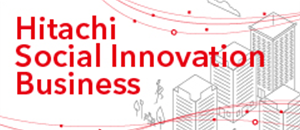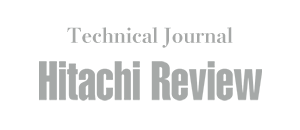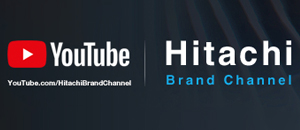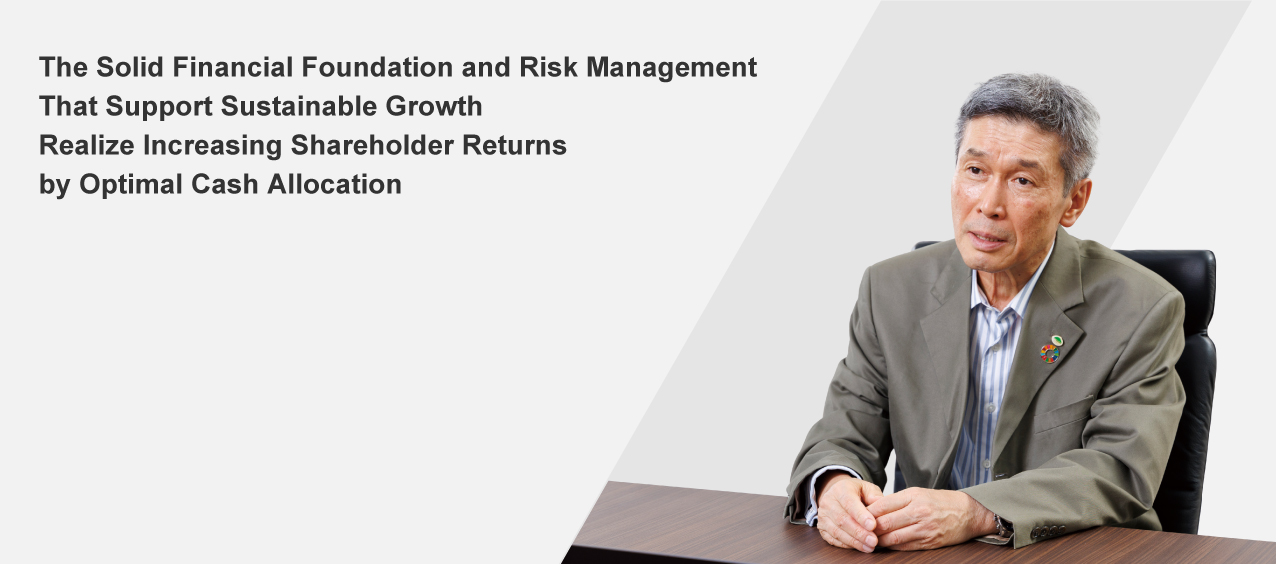
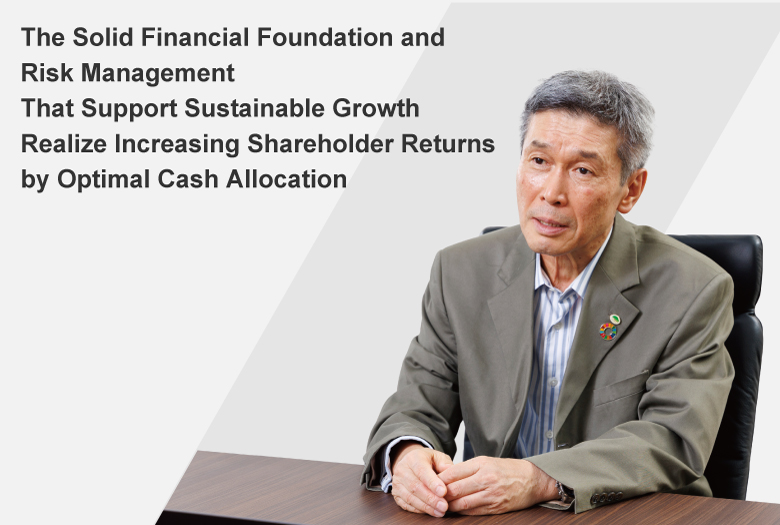
Executive Vice President and Executive Officer, CFO, CRMO
Yoshihiko Kawamura
Joined Hitachi in 2015 after serving as an executive officer at Mitsubishi Corporation and as an economist at the World Bank. Leveraging the experience he gained at Harvard Business School, he has driven structural reforms as CSO (Chief Strategy Officer) since 2018 and as CFO (Chief Financial Officer) since April 2020. Current position from April 2022.
In fiscal 2022, I took the initiative as the Chief Financial Officer (CFO) and the Chief Risk Management Officer (CRMO). This enabled comprehensive monitoring of financial and non-financial risk, and timely decision-making during the year. We showed the progress in solid financial results.
To achieve growth during and beyond the Mid-term Management Plan 2024, I will continue to accelerate management with a focus on cash flows and increase the ratio of Lumada as a driver of Hitachi’s sustainable growth.
In fiscal 2022, the first fiscal year of the Mid-term Management Plan 2024, we recorded revenues of 10,881.1 billion yen, adjusted EBITA of 884.6 billion yen, and net income attributable to Hitachi, Ltd. shareholders of 649.1 billion yen, which is a record-high figure. With supply chain issues and abrupt changes in interest rates and foreign exchange rates, the business environment remained difficult. Despite this, we managed to achieve results as planned throughout the year. I think that risk management and other efforts supported these results.
Operating cash flows marked record highs and core free cash flows (FCF) reached 416.4 billion yen. Steady progress was made toward the 1.2 trillion yen target for the three-year total set in the Mid-term Management Plan 2024. On the basis of the cash generated, we conducted share buybacks totaling 200 billion yen in fiscal 2022 and steadily increased shareholder returns, paying an annual dividend of 145 yen per share.
For fiscal 2023, major changes in the business environment are anticipated, such as continuing fluctuation of foreign exchange rates, the increase of interest rates, increasing medium-and long-term geopolitical risks and the destabilization of international circumstances. In these adverse business conditions, achieving growth in four businesses with large-scale assets, specifically Hitachi Energy, the railway systems business, Hitachi High-Tech and GlobalLogic, is a big challenge. Among them, Hitachi Energy and the railway systems business have huge order backlogs. In fiscal 2023, we will pave the way for the achievement of the targets in the Mid-term Management Plan 2024 by recognizing revenues at the appropriate timing, addressing temporary investment costs, and implementing profitability improvement measures such as price and cost control. Return on invested capital (ROIC) was 7.6% for fiscal 2022. We are aiming to increase ROIC by optimizing invested capital in consideration of risk factors, such as future interest rate increases, and improving profitability to increase asset efficiency.
The Mid-term Management Plan 2024 set targets of 5-7% for the revenues growth rate and 12% or more for adjusted EBITA. The expansion of the Lumada business, which is a revenue growth driver, and the enlargement of green-related businesses including Hitachi Energy and the railway systems business by capturing GX demand will lead to the improvement of the top line.
From fiscal 2023, the focus of our management strategy has shifted to a phase of stable growth from a phase of business portfolio reform. Specifically, we aim for stable growth of the bottom line. We continue to take steps to increase profitability, such as the continuous review of low-profitability businesses, aiming to achieve earnings per share (EPS) of 600 yen or more and core free cash flow per share (CFPS) of 500 yen or more in fiscal 2024. Another major challenge is to keep the conversion rate, calculated by dividing net income by adjusted EBITA, at 60% or above by making stricter investment decisions and by minimizing loss costs to control the bottom line.
The strengthening of cash management is another priority issue. To increase our cash generation capabilities, we ensure basic actions including profitability improvement through cost reduction, reduction of loss costs by risk management, reduction of working capital, and the careful selection of capital investments. To increase CFPS, we will work to boost the conversion rate, calculated by dividing core FCF by net income, to the over 80% level in and after fiscal 2024.
The Mid-term Management Plan 2024 sets a target of generating a three-year total core FCF of 1.2 trillion yen. Based on total funds of 2.3 trillion yen, including 1.1 trillion yen from gain on sale of assets, including the partial sale of shares of Hitachi Astemo, we plan to allocate these funds in a well-balanced manner, specifically, 0.8-0.9 trillion yen to shareholder returns and at least 1.4 trillion yen to investments for growth. Regarding shareholder returns, we aim to increase dividends in fiscal 2023 as we did in fiscal 2022. We are also working on share buybacks up to 100 billion yen. As for total shareholder returns, consisting of dividends and share buybacks, we plan to offer substantial returns to shareholders on the basis of our income gained from the growth of businesses, considering 50% of core FCF and 50% of net income for total shareholder return in accordance with our medium- and long-term business plan.
Regarding investments for growth, we will consider the possibility of flexibly using financial leverage if there are any M&A opportunities that are matched to Hitachi’s strategy. In the future, however, we will consider strategic bolt-on acquisitions rather than large-scale acquisitions for which the scale would be around 1 trillion yen. (The term “bolt-on” was originally used in a factory meaning to use something that can be attached without cutting or welding.) We make decisions from the viewpoint that the net present value (NPV) of an investment is positive as well as the period for recovering the invested capital and the contribution to ROIC.
It is challenging to quantitatively evaluate human, intellectual and other non-financial capital, and activities for meeting environmental targets in terms of enterprise value. Hitachi investigated the financial impact of measures related to human capital and the environment in collaboration with Kyoto University. This study found that social value and environmental value are correlated to the increase of ROIC (Kyoto University-Hitachi joint project).
Possible approaches for enriching our disclosures in the future include the presentation of how helpful Hitachi’s products and technologies can contribute to the resolution of specific social issues such as the reduction of CO2 emissions and to the realization of a sustainable society. I believe that we need to actively show how Hitachi is taking advantage of human capital in consideration of DEI (diversity, equity and inclusion).
After the Mid-term Management Plan 2024, Lumada will play a greater role in leading the increase in the revenue and income of the Hitachi Group as a whole. To increase enterprise value after the Mid-term Management Plan 2024, in addition to expanding the Lumada business, we will take six actions in parallel, which are realizing top-line growth, increasing profitability, ensuring bottom-line stability, strengthening cash generation capability, returning profits to shareholders and creating non-financial value.
I recognize that steady progress and disclosure on the Mid-term Management Plan 2024 and shareholder returns are important for strengthening the trust that we enjoy from our stakeholders. I always prioritize meeting shareholders and investors in person to frankly exchange opinions with them. We will continue to seriously listen to the stakeholders in the market and discuss Hitachi’s future and management strategy together with you.

